Unconventional Florality – Aesop
May 21, 2020
Aesop’s alluring fourth fragrance, Rozu Eau de Parfum, which launched earlier this spring, melds modern technology with nature’s exquisite florals. Master perfumer barnabé fillion delivers a scent that pays homage to French modernist designer Charlotte Perriand’s brilliance in intertwining the new and the old.
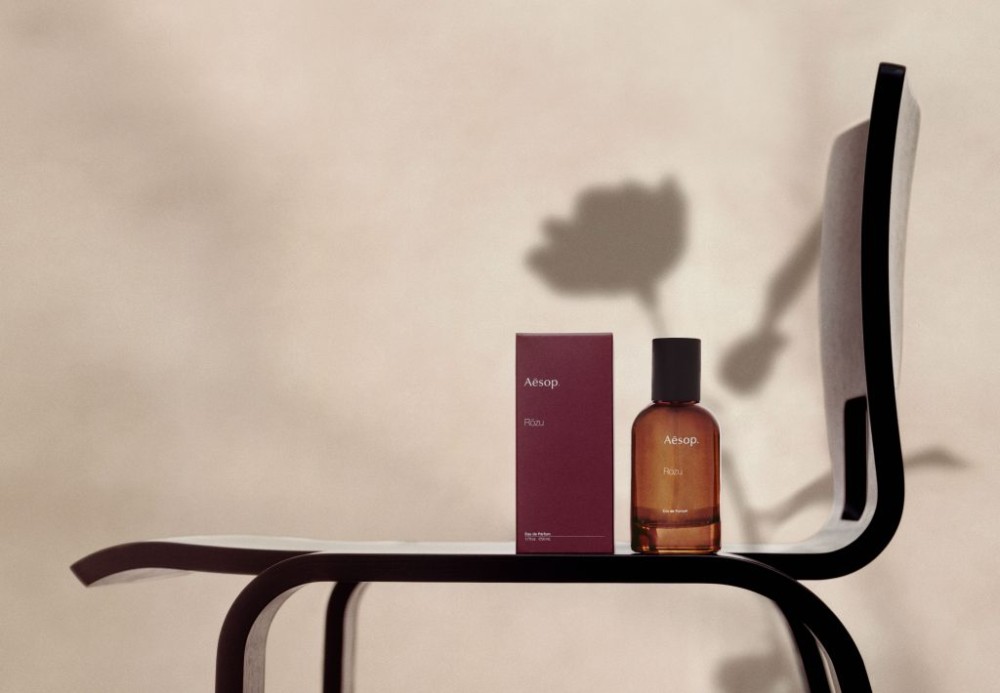
Creativity can only truly exist when one accredits their point of reference; if not, it becomes mere plagiarism. Noble artists of any type and in any times would clearly abide by the unspoken role of honouring past roots – and this is precisely what Charlotte Perriand did. Like many greats-in-the-making, she knew the role those prior to her played within the arts and made explicit note of it. Before her legacy had been cemented, her predecessors, like Le Corbusier, paved the way and built a vocabulary.
Perriand’s work remains relevant today for many reasons. The language she speaks with her designs is timeless – dedicating more than seven decades to her craft in merging concepts of man and nature together, in a space where traditions and modernity coexist. Her life spanned almost the entirety of the 20th century and in the 21st, she has become a significant force to be reckoned with. In her era, what she achieved as a woman was fairly unprecedented, and this achievement has blown up at a cultural and social level today. While she’s known first and foremost as an architect and designer, she is equally admired for her work in pushing women to the forefront of her field.

Barnabe Fillion at the Charlotte Perriand chalet in Meribel Photography by Julien T Hamon (2019) 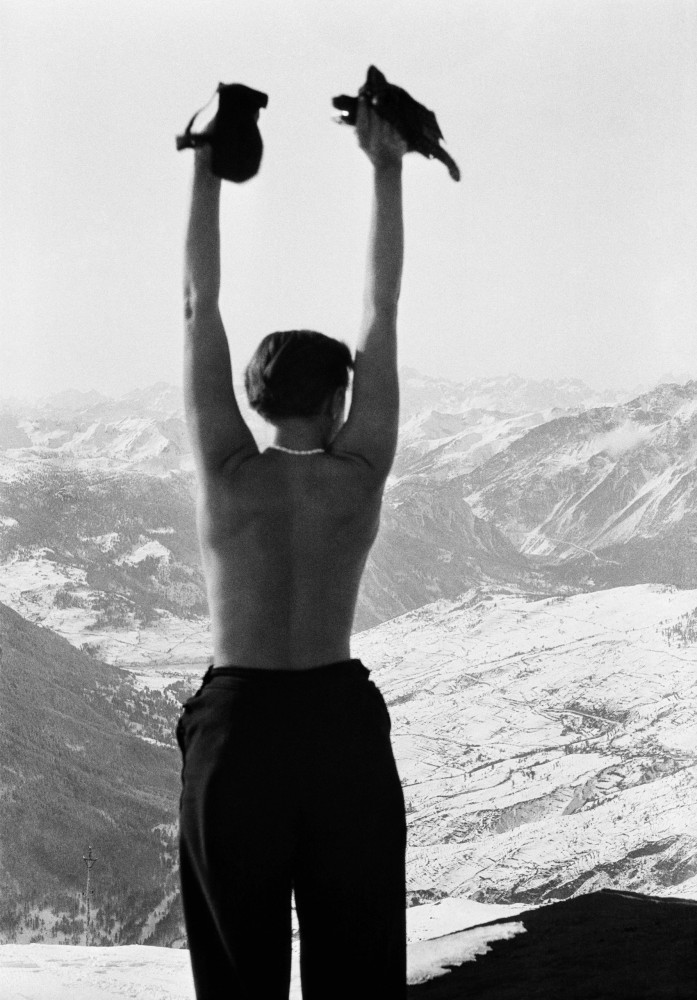
Charlotte Perriand in Savoie, French Alps, around 1930 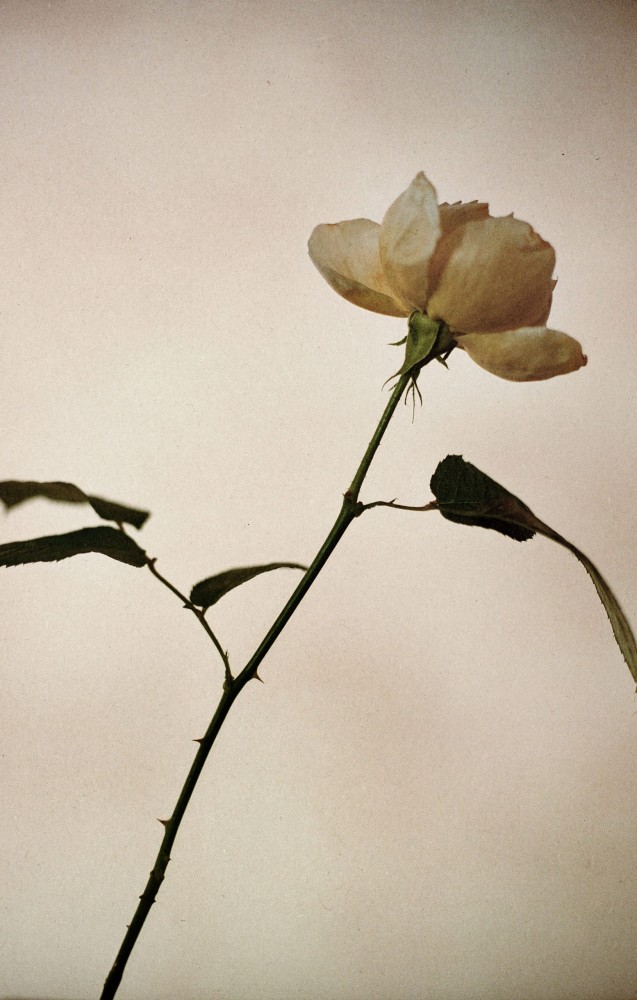
Charlotte Perriand rose Photography by Julien T Hamon (2020)(1)
With Rozu, French perfume designer and long-term collaborator Barnabé Fillion of Aesop pays homage to Perriand, transfixed by the muse’s expeditions across the globe – from her extended trips to Japan and the Wabara garden rose that was created in her name to the Alpine environments she loved to escape to. Her vivaciousness and colourful personality are noted clearly with rich floral notes of rose, alongside petitgrain, bergamot, shiso and pink pepper, purified into a concoction that’s both brazen and delicate. Its secondary notes complement beautifully, with ylang ylang, jasmine, guaiacwood, sandalwood, vetiver extract, patchouli and myrrh help create synergy between lightness and earthy, deeper bases.
Our conversation with Barnabé Fillion (BF) and Aesop’s director of innovation, Kate Forbes (KF), was nothing less than enlightening, as #legend delved into the design process – learning more on the lengths the team went to in bringing forward this seemingly effortless scent.
Why Charlotte Perriand? Why does she stand out more than the rest of her peers?
BF: Charlotte was an endlessly curious mind and a great collaborator. She humanised the Machine Age through her personal exploration of organicism, biomorphism and craftsmanship. She felt strongly that good design should be accessible to all and sought to create affordable mass-produced furniture, as well as high-quality prefabricated and modular structures. She bemoaned contemporary architecture’s detachment from social need. And, inspired by her deep love of nature, she campaigned to make pristine areas accessible to city dwellers, notably in the Alps, while minimising the visual and ecological impact.
Do you recall the first time you heard about her?
BF: The first time I heard of Charlotte Perriand was a long time ago, I must have been 13 or 14 years old when I saw an exhibition on her collaborative work with the painter Fernand Léger. She would take pictures of art brut elements in nature and Léger would then interpret these elements in his paintings. Back when I was living in Japan with my wife and collaborating with various Japanese ceramists in different regions, we both read her autobiography, which was very inspiring in our search for design collaborations in Japan.
The overall aroma pays homage to the Wabara garden rose that bears her name, making a note of her lifelong passion for Japan and the rest of nature. For those who aren’t familiar with this particular category of rose, what’s so distinctive about it?
BF: This rose in particular was created for Charlotte; its scent represents her passion for Japan. The shape is complex, a bit like a peony, but also through ageing and drying, it becomes more beige, with some reflection of grey metal tones. That’s all references to the life and work of Charlotte.
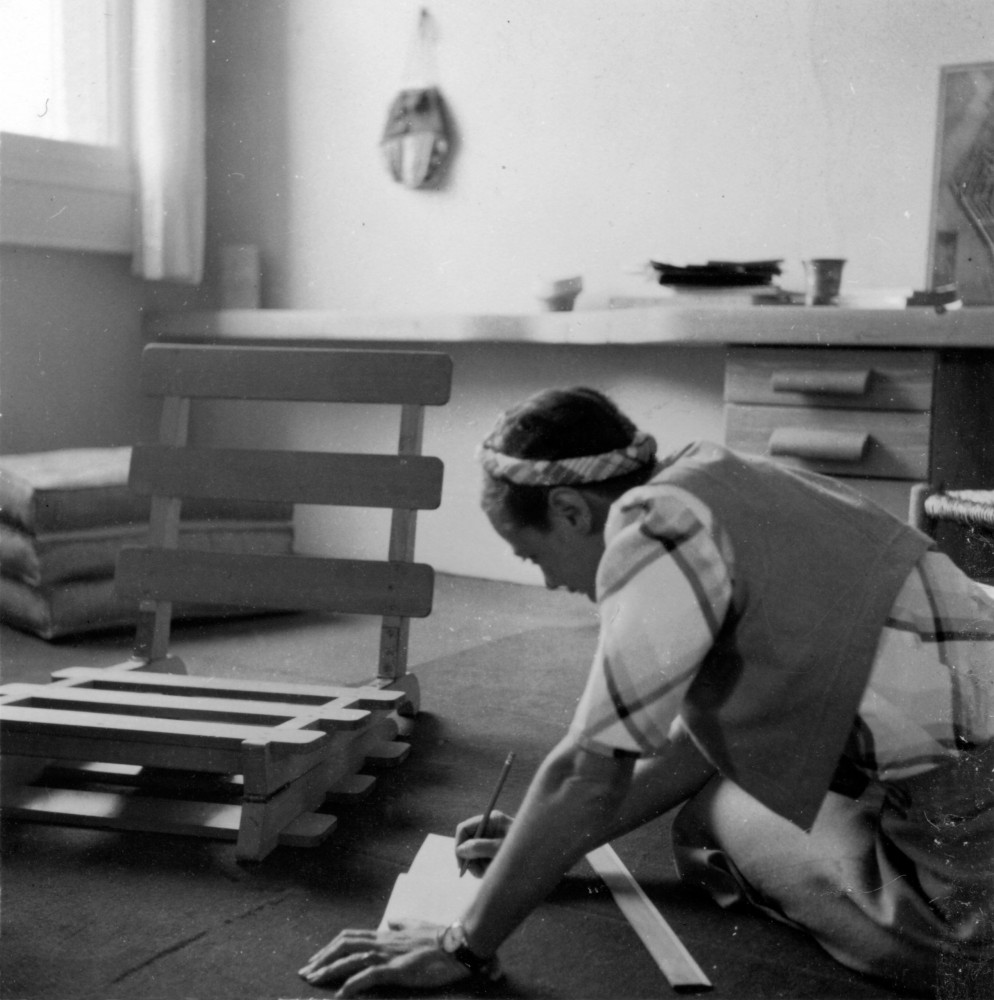
Charlotte Perriand working in Japan in 1940s 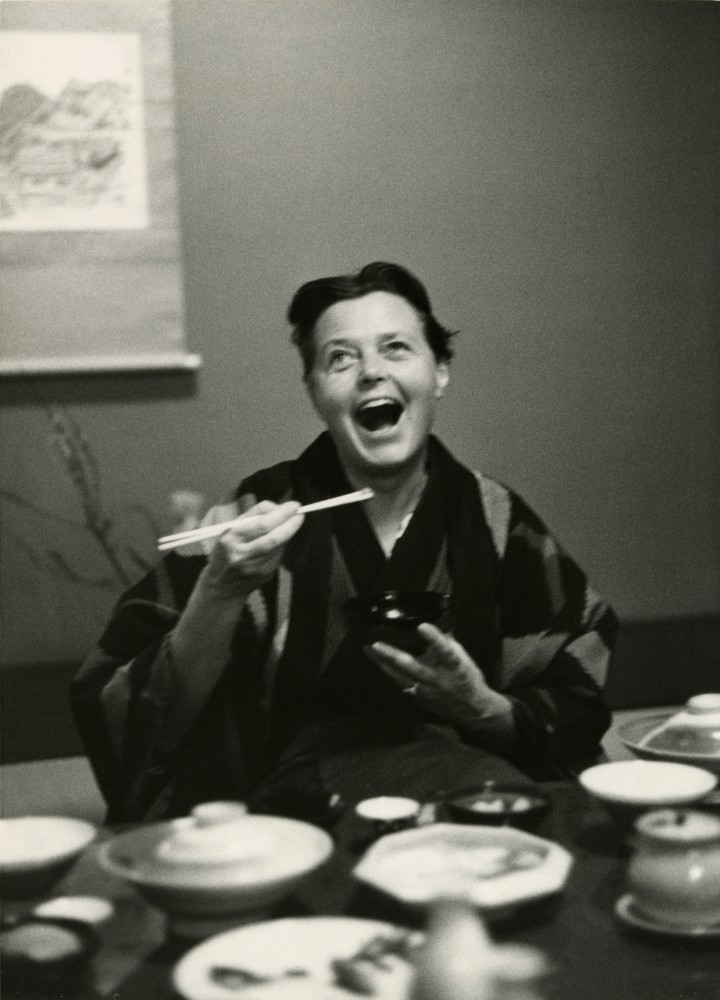
Charlotte Perriand in Japan 1954
What secondary notes from the Rozu fragrance resonated most with your style?
BF: I think something interesting about Rozu is the subtle scent of Japanese paper. Washi paper is one of the most fascinating materials for me; it has such a smell, so when I looked at the rose that was created for Charlotte Perriand, the colour tone reminded me a bit of that material. Vetiver is also an element I have been using a lot in Aesop perfumes because it’s the signature of the house, so it played an essential part in Rozu. Also, shiso is something very new in perfumery. I was pleased to propose it for the subtle metallic aromatic note it gave to the perfume.
“The shape is complex, a bit like peony, but also through ageing and drying, it becomes more beige, with some reflection of grey metal tones”
Barnabé Fillion
Fragrances go through a rigorous process of trial and error. What are the steps taken to extract the “liquid gold” from these delectable flora elements while retaining the understated nature that Aesop embodies?
BF: With Rozu, we have explored alternative techniques to achieve an intense, highly nuanced fragrance that brings a new aroma profile to the Aesop range. We utilise CO2 extraction to achieve brightness in the fragrance and use ingredients in absolutes to create depth. We are working with a balance in between essence, absolute and CO2 extraction while simultaneously sourcing the best for each of the plants we use.
KF: Aesop blends high-quality botanical ingredients to create unorthodox and intriguing fragrances, offering a compelling alternative to mainstream perfumes. The process of developing a fragrance begins with research into the inspiration – in this case, the life and work of Charlotte Perriand. Then we work collaboratively with Barnabé to imagine what ingredients could be used to bring this inspiration to life. After this, we enter many rounds of testing with ingredients from different sources and different concentrations. The various sources can be geographical, but also alternative ways of extracting components from CO2 extracts to absolutes. This process takes time, as time is crucial for the fragrance concentrates to mature within the alcohol solution before you can assess the aromas. When evaluating the aromas, we consider how the customer would be wearing it, since fragrances can evolve differently on different people.
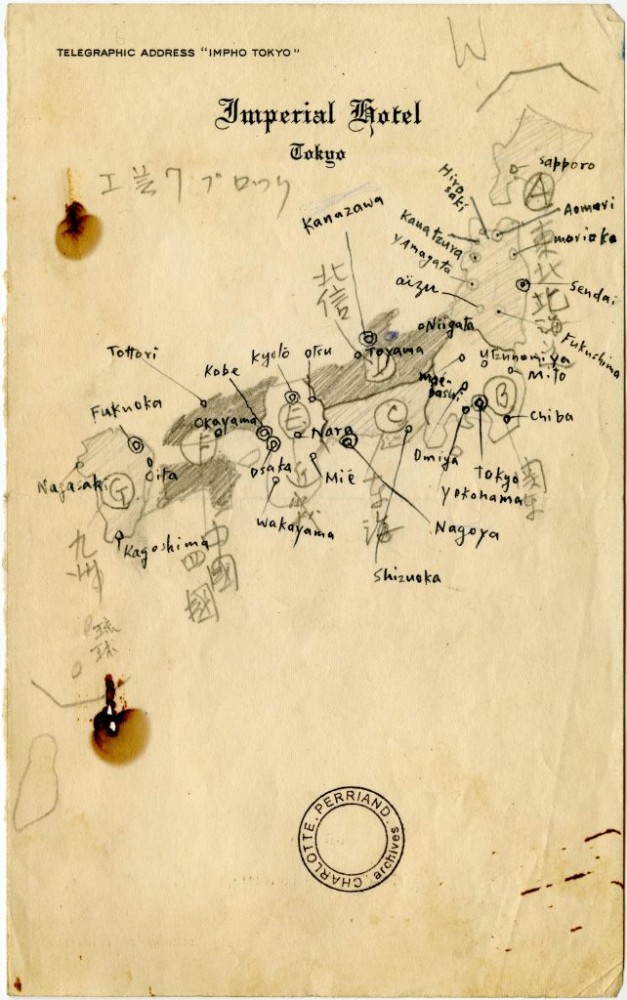
You both had the pleasure to partner with the Perriand family on Rozu. If you were to pick one definitive moment of the entire journey, what would it be?
BF: When I first met the daughter of Charlotte Perriand, Pernette, I met her in her apartment, which happens to be the last apartment in which Charlotte lived. She showed me their incredible terrace with a stunning view over Paris and the roses that were planted there by Charlotte. We went through many Japanese objects from her collection, which are found all over the house. They also showed me some sublime rocks and pieces of fossils which were part of the photography book that she took, and that was later painted by Fernand Léger, so it was very mesmerising for me to see those stones. I had also come to their house with a gift: a Japanese rock, weaved with the Japanese bamboo weaving craft. I gave it to Pernette, and in return, she gifted me a rock that was part of the installation by Charlotte herself in the bamboo forest in the south of France, where she did a tea ceremony pavilion.
“Time is crucial for the fragrance concentrates to mature within the alcohol solution before you can assess the aromas”
Kate Forbes
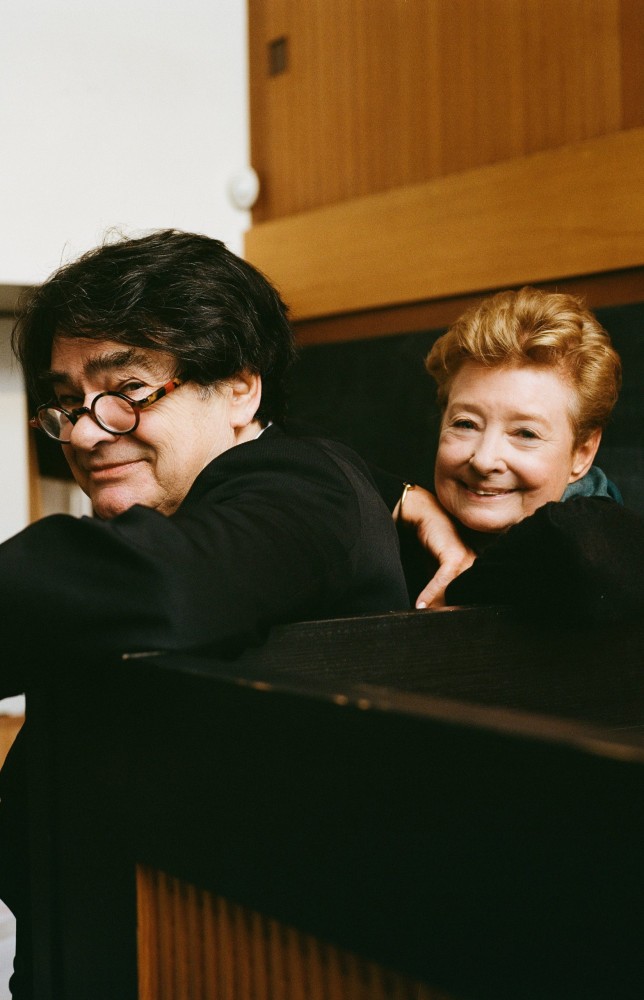
Pernette Perriand-Barsac and Jacques Barsac at the Charlotte Perriand atelier, Paris Photography by Julien T Hamon (2020) 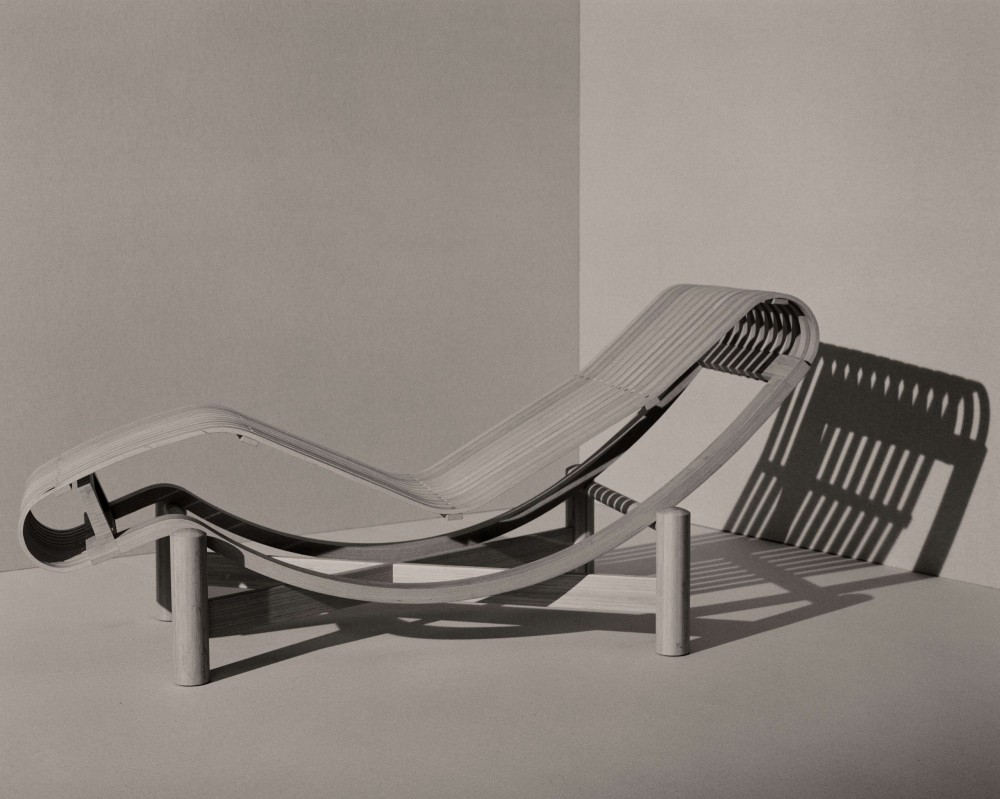
Tokyo Chaise Longue in bamboo by Charlotte Perriand Photography by Julien T Hamon (2020) 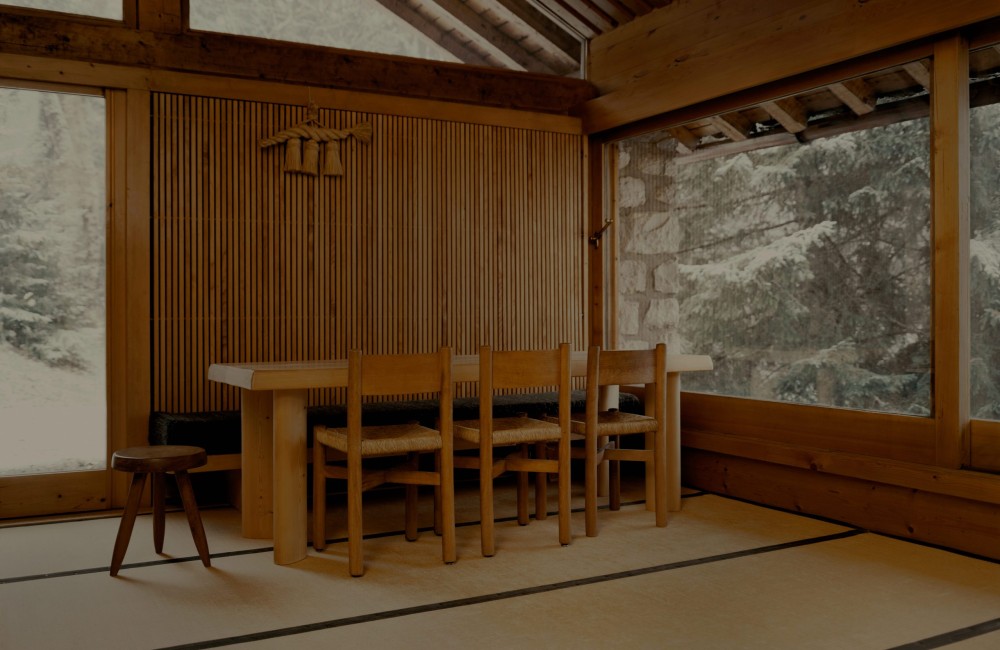
Upstairs living room in the Meribel chalet designed by Charlotte Perriand in 1960 Photography by Julien T Hamon (2020)
Besides being the ambassadors of Aesop, how do you extend the sustainability codes that are crucial to an entity’s future growth into your personal life?
BF: I am sustainability-conscious and am always trying to ask myself the right questions, especially in this crucial moment for our planet. The only guilt I have is my love for travel. I am often travelling to discover new ingredients or new extractions, but I do my best to compensate for my carbon footprint.
KF: As with the Aesop approach, I recognise that making progress in my personal environmental impact is not one big thing, but rather an accumulation of rethinking many small activities. So I’m continually questioning what I can change in my purchasing or recycling behaviours. I have been amazed at how much my household waste to landfill has reduced just through the introduction of home composting, and also by avoiding or recycling soft plastics to ensure it reaches the recycling stream. I have even recently found a reusable stainless steel coffee pod. Collectively, the little actions add up. #
Text & Interview by Michael Cheung



























